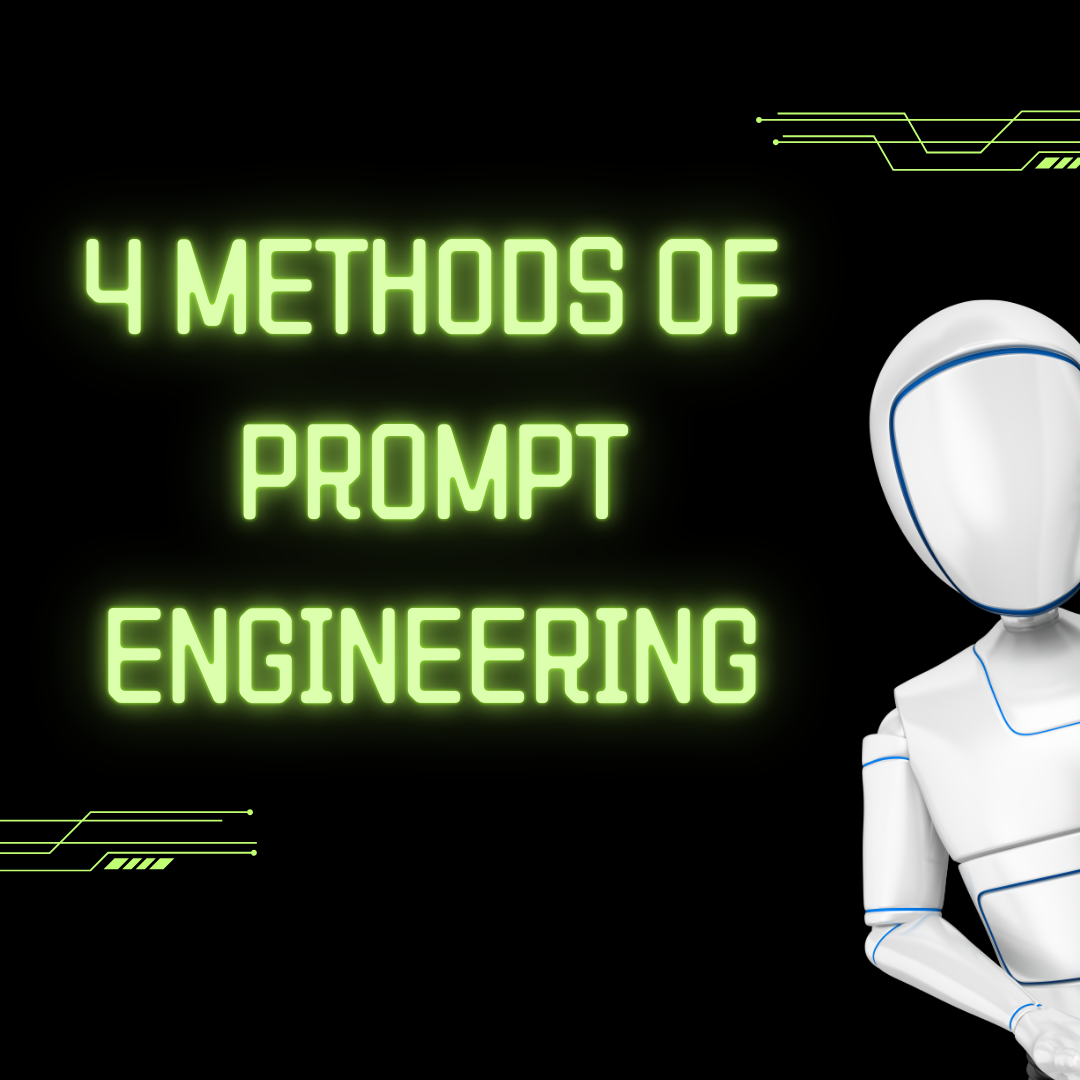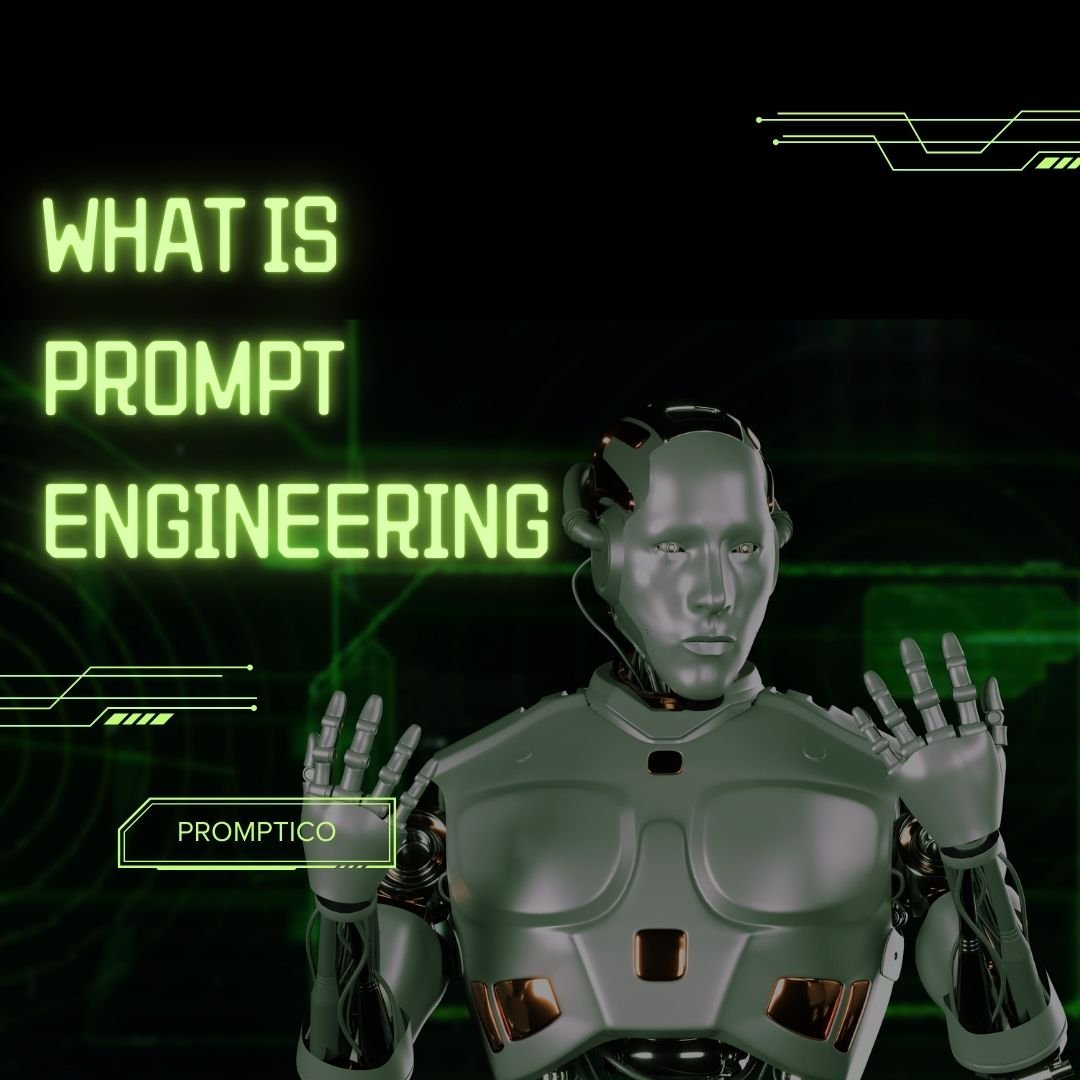As the use of AI-powered large language models (LLMs) like ChatGPT continues to grow, prompt engineering is emerging as a critical skill in fields such as content creation, customer service, and data analysis. This article explores the fundamentals of prompt engineering and examines four advanced techniques for improving interactions with LLMs. Understanding Prompt Engineering Prompt engineering involves designing effective queries or prompts to elicit accurate and relevant responses from LLMs. Given that LLMs are trained predominantly on vast amounts of internet data, their outputs can sometimes contain inaccuracies, known as “hallucinations,” caused by conflicting or unreliable sources. To mitigate this, prompt engineering enables users to craft inputs that guide LLMs toward desired outcomes, minimizing errors and maximizing utility. Why Prompt Engineering Matters LLMs are used in various applications, including: Prompt engineering enhances these use cases by ensuring that queries are well-defined, contextualized, and specific enough to produce high-quality results. The Four Approaches to Prompt Engineering 1. Retrieval-Augmented Generation (RAG) What is RAG?Retrieval-Augmented Generation combines LLMs with external knowledge bases to provide domain-specific responses. While LLMs are trained on general internet data, they lack detailed awareness of industry-specific or proprietary knowledge bases. RAG bridges this gap by retrieving relevant data from trusted sources and incorporating it into the model’s output. How RAG Works:RAG has two main components: Example:Imagine querying an LLM about a company’s financial data. Without RAG, the model might produce an inaccurate estimate based on outdated or conflicting information from the internet. However, with RAG, the LLM retrieves verified data from the company’s knowledge base, ensuring accurate responses. For instance: This approach is particularly valuable in industries like finance, healthcare, and legal services, where accuracy is paramount. 2. Chain-of-Thought (COT) What is COT?Chain-of-Thought (COT) prompts guide LLMs to break down complex tasks into smaller, logical steps, enabling them to arrive at more accurate and explainable conclusions. How COT Works:Rather than asking the LLM to solve a problem in one step, the user breaks it into manageable sections, prompting the model to process each part sequentially. Example: By prompting the LLM to approach problems incrementally, COT reduces the likelihood of errors and enhances the model’s reasoning abilities. Practical Application:This method is useful when working with complex datasets or when generating detailed explanations, such as summarizing legal documents or analyzing financial reports. 3. Content Grounding What is Content Grounding?Content grounding ensures that LLMs generate responses based on reliable, domain-specific information rather than generalized internet data. This approach overlaps with RAG but focuses specifically on aligning the model’s outputs with verified content. How It Works:Content grounding involves providing the model with contextual information before prompting it. This could include feeding the model structured data, such as company policies or scientific research, to ensure its responses are accurate and aligned with specific goals. Example:Before asking an LLM to draft a policy document, you provide it with excerpts from existing policies. The model then generates outputs consistent with the provided context. 4. Iterative Prompting What is Iterative Prompting?Iterative prompting involves refining prompts over multiple attempts to improve the quality of the responses. This approach emphasizes experimentation and feedback, allowing users to identify the most effective ways to communicate with the LLM. How It Works: Example: This iterative process allows users to fine-tune the model’s outputs, ensuring they align with specific objectives. Practical Applications of Prompt Engineering Prompt engineering is transforming industries by enabling more effective use of AI tools. Key applications include: Conclusion Prompt engineering is a powerful tool for maximizing the potential of large language models. By leveraging techniques like RAG, COT, content grounding, and iterative prompting, users can ensure their prompts yield accurate, relevant, and contextually aligned results. As the demand for prompt engineers continues to grow, mastering these methods will become an invaluable skill in the AI-driven workplace. Key Takeaways With these techniques, professionals can harness the full potential of LLMs, driving innovation and efficiency across industries.
On November 30, 2022, the world witnessed a revolutionary moment in technology. Sam Altman, Greg Brockman, and Ilya Sutskever—key figures in OpenAI—unveiled ChatGPT, a breakthrough in artificial intelligence that has since reshaped how humans interact with machines. What seemed like a small event in the history of internet evolution quickly became one of the most significant milestones in the modern IT industry. Built on GPT (Generative Pre-trained Transformer), ChatGPT is a text-based chatbot designed to provide highly relevant and context-aware responses to user queries. Unlike traditional tools like search engines or web browsers, ChatGPT doesn’t rely on SEO-tuned websites. Instead, it generates responses by understanding the tone, intent, and nature of the queries asked. ChatGPT’s ability to process 1.7 trillion parameters ensures comprehensive and contextually relevant answers. However, it has its limitations, including reliance on training data and occasional outdated results. Despite this, ChatGPT has taken the tech world by storm, gaining widespread attention and spurring global interest in artificial intelligence tools. Why Is ChatGPT Revolutionary? The unique capability of ChatGPT lies in its ability to adapt its language, tone, and style to match the user’s communication preferences. Unlike traditional chatbots, it minimizes out-of-context responses and delivers results tailored to individual users. Its neural network, trained on billions of data points, enables it to generate personalized responses for different contexts, phrasings, and input quality. This adaptability highlights the significance of prompt engineering—a crucial skill that ensures users receive the most accurate and contextually appropriate responses from AI models like ChatGPT. What Is Prompt Engineering? Prompt engineering involves crafting precise, well-structured inputs or queries that guide large language models (LLMs) such as GPT, PaLM, LLaMA, and Bloom to deliver desired outputs. These inputs, referred to as prompts, include details like the query’s tone, context, and expected output format. For instance: This structured approach ensures better results and enhances the utility of AI tools for varied audiences. Who Are Prompt Engineers? Prompt engineers are professionals skilled in crafting queries that optimize the performance of large language models. They not only understand the intricacies of language but also possess domain expertise, knowledge of neural networks, and familiarity with natural language processing (NLP). Key Responsibilities of Prompt Engineers: Prompt engineers play a critical role in industries like healthcare, defense, IT services, and edtech. Their ability to design precise queries ensures that AI tools provide meaningful insights and actionable results. The Growing Demand for Prompt Engineers The rise of AI tools has created a surge in demand for prompt engineers. According to job platforms like Indeed and LinkedIn, there are thousands of openings for this role, particularly in the United States. Salaries range from $50,000 to $150,000 per year, depending on experience and specialization. The role of a prompt engineer is more than just a technical job—it’s a blend of creativity, language expertise, and technical acumen. As industries increasingly adopt AI-powered tools, the demand for skilled prompt engineers is expected to grow exponentially. Why Should You Consider a Career in Prompt Engineering? If you’re looking to enter a field with immense growth potential, prompt engineering is a fantastic opportunity. The job combines creativity with technical expertise, offering a dynamic and rewarding career path. Skills Needed to Become a Prompt Engineer: Whether you’re a student exploring career options or a professional looking to upskill, prompt engineering offers a unique blend of challenges and opportunities. Why Generative AI Matters enerative AI tools like ChatGPT, Bard, and others are powered by neural networks trained on trillions of parameters. These tools generate responses based on user input, adapting their tone and style to fit the context. For businesses, generative AI offers immense potential. From automating customer support to enhancing decision-making processes, AI tools are transforming how enterprises operate. Prompt engineers are at the forefront of this transformation, enabling businesses to harness the full potential of AI. How to Get Started Are you ready to embark on this exciting journey? Becoming a prompt engineer requires dedication and a commitment to continuous learning. Simplilearn offers cutting-edge certification programs in AI, machine learning, data science, and more. These programs, designed in collaboration with leading universities and industry experts, provide the skills you need to succeed in this rapidly evolving field. Click the link in the description to explore our programs and set yourself on the path to career success. Join the AI Revolution Prompt engineering is more than just a career—it’s an opportunity to shape the future of AI. As the demand for skilled professionals continues to grow, now is the perfect time to get involved. Let us know in the comments what you think about prompt engineering and whether you’d like to explore this exciting field further. Don’t forget to like, share, and subscribe to our channel for more amazing tech content designed to keep you ahead in your career! Conclusion Staying ahead in today’s competitive world requires continuous learning and upskilling. Whether you’re a student or a working professional, the field of prompt engineering offers incredible opportunities to advance your career. Start your journey today and become a part of the AI revolution!

